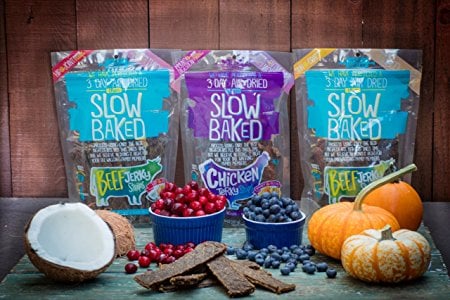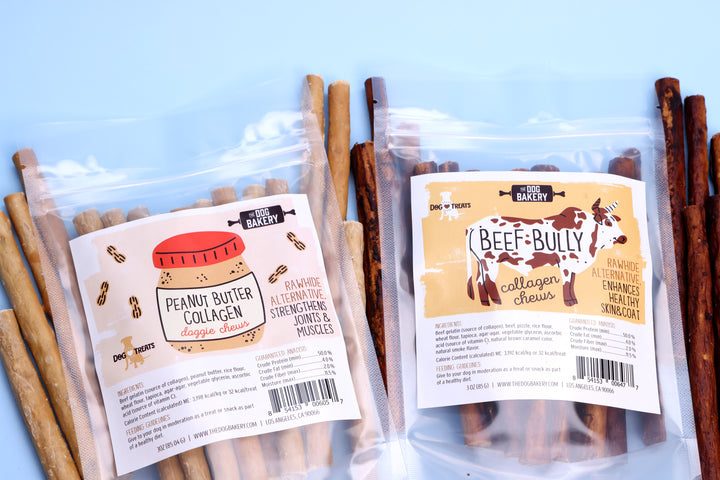Pugs Are Getting a Major Upgrade—Could the Retro Pug Be the Future of the Breed?

You’ve probably heard that Pugs have a litany of health issues related to their physiology. Short snouts cause breathing problems, thick stocky bodies are hard on joints, and tightly curled tails can cause back problems. Despite being adorable and loved worldwide, Pugs have slowly started to go out of style due to health and welfare concerns for the breed.
Enter the Retro Pug. Created as an answer and solution to the problem of poor Pug health, the Retro Pug is technically a mixed-breed dog whose genetics have been specifically selected to “breed out” Pug-specific issues. For example, the Retro Pug has deeper-set eyes than the Pug, which helps to reduce potential vision problems and risk of injury.
If you’ve ever wanted a Pug, but have hesitated because of the breed’s health problems, the Retro Pug could be your perfect pup! In this guide, you’ll learn everything you need to know about this “new” breed and get to know a few Retro Pugs in the process.
Meet 5 Retro Pugs
If you were walking down the street and saw a Retro Pug, you might not realize you aren’t looking at a standard traditional Pug. The “old fashioned” Retro Pug is just different enough from the Pug to eliminate extreme physical traits, like the super-squashed nose, the short stocky legs, and the tightly curled tail.
Let’s take a peek at five examples of Retro Pugs to give you an idea of what this new breed variety looks like.
1. Bruno
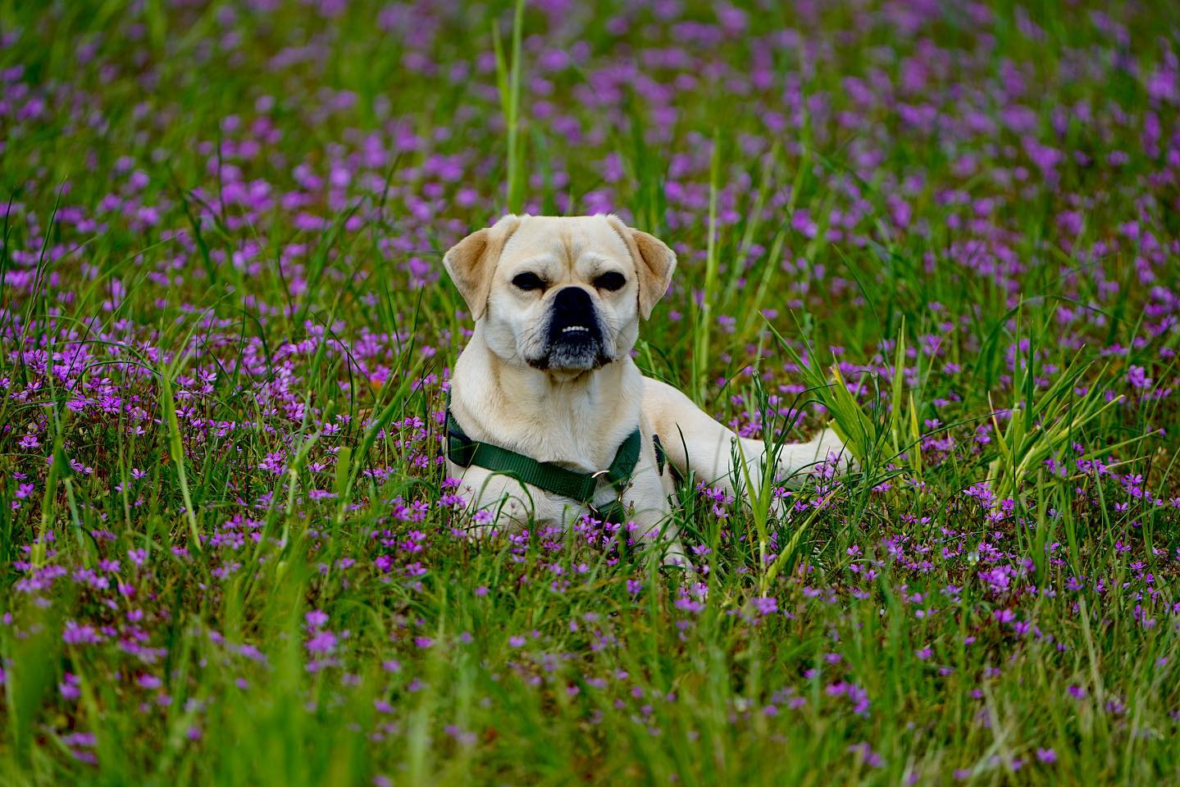
Meet Bruno, a 3.5-year-old Retro Pug from Germany! Besides relaxing in fields of wildflowers, Bruno’s favorite activities include singing the song of his people and getting a good cuddle.
2. Hugo
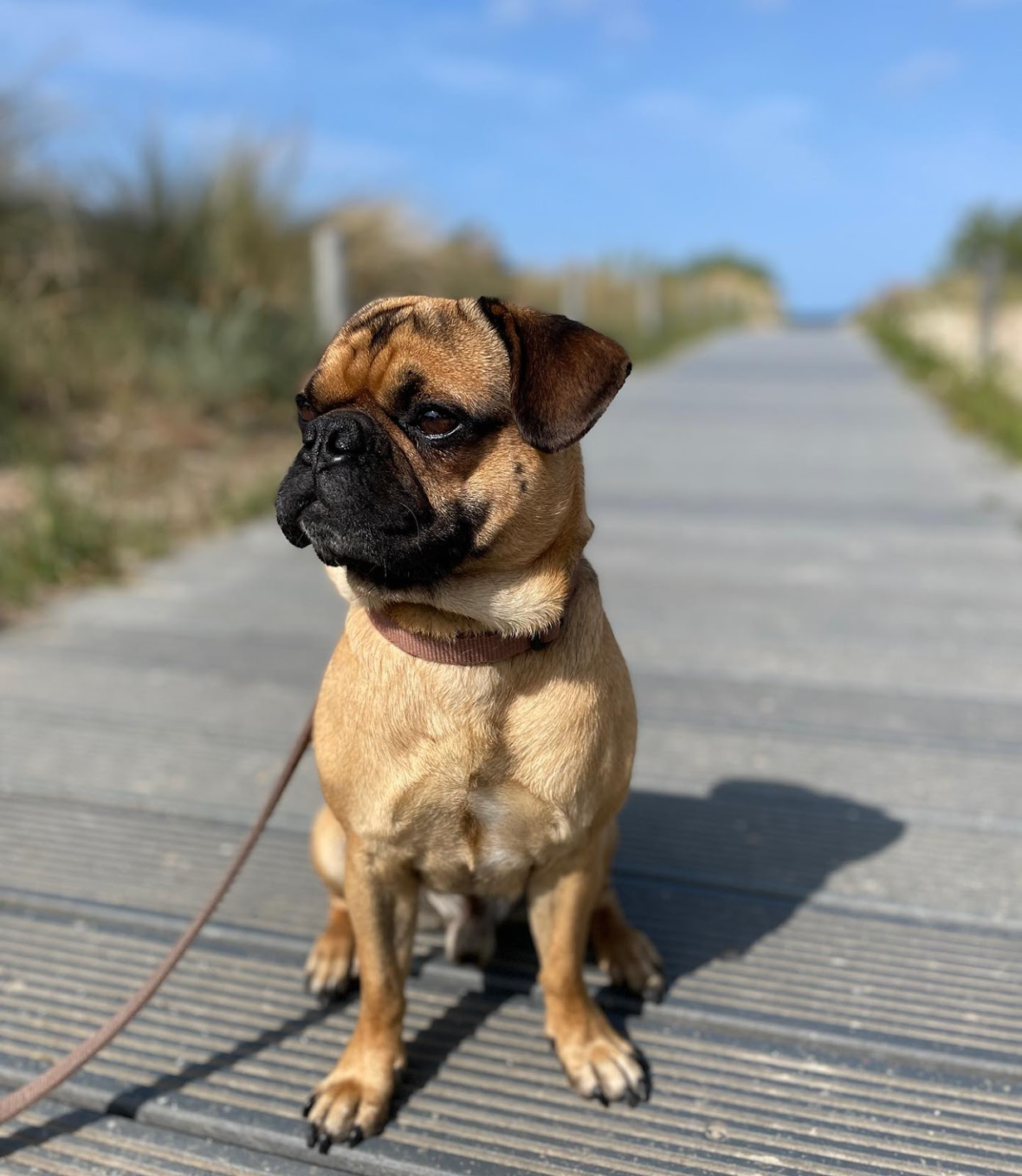
Hugo is a Retromops, the German word for Retro Pug! A stunning apricot Retro Pug, Hugo’s good looks don’t stop him from playing hard at the beach.
3. Yoshi

This lively little Retro Pug is six-year-old Yoshi! Yoshi loves balls, his mom, snacks, his mom, and also his mom!
4. Maja

Maja is a chocolate sable Retro Pug from Berlin who lives for days spent outside, playing with her doggy friends, and taking long naps!
5. Zula

Zula is a black Retro Pug with an expressive pair of ears that Zula’s parents call “bat wings.” Zula is an energetic dog and likes to spend plenty of time doing things like agility to get the zoomies out!
What’s the Difference Between a Pug and a Retro Pug?
Retro Pugs look almost exactly like traditional Pugs—so much so that it can be hard to tell the difference! Let’s take a quick look at a side-by-side comparison of the Retro Pug vs. Pug. The Retro Pug is on the left and the traditional Pug is on the right.

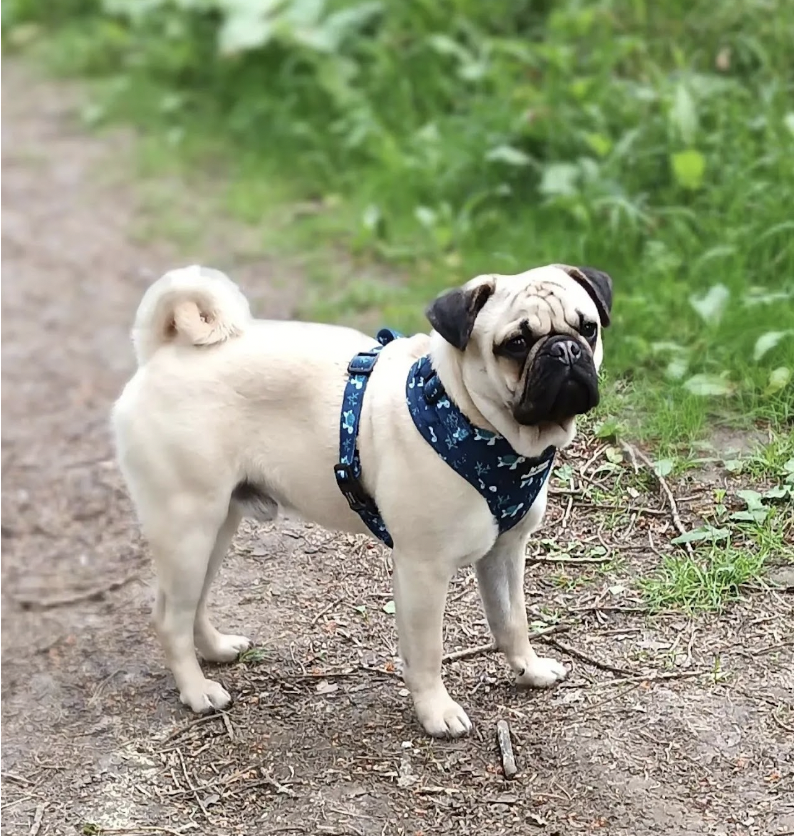
Sources: @Ahri_The_Pug_x3 and @Ange_Plus_4
Retro Pugs have longer legs, leaner bodies, longer faces, larger ears, deeper-set eyes, and more loosely curled tails than traditional Pugs. In fact, Retro Pugs look more similar to what Pugs once looked like before selective breeding produced the extreme Pug look we’re used to today. But breeders didn’t exactly go back in time to create the Retro Pug.
Retro Pugs are technically a mixed breed whose genetics combine traditional Pug with a “donor breed,” Most commonly, Retro Pugs are a combination of Pug and either Jack Russel Terrier or Parson Russell Terrier. Other acceptable donor breeds include Miniature Pinscher and Danish/Swedish Farm Dogs. Generally, Retro Pugs are approximately 75% Pug and 25% donor breed.
Why Were Retro Pugs Created?
But, why cross purebred dogs in the first place? In the case of the Retro Pug, it all boils down to health.
“[Donor breeds] are generally very healthy and have a low inbreeding coefficient,” says the International Retro Pug Club (IRPC) on its website. “[Donor breeds] can give the Pug anatomical characteristics that it lacks, such as more slenderness, a firmer connective tissue, embedded eyes, longer nose and good nostrils and a longer back and neck as well as greatly improved genetics.”
By introducing new genetics into Pug bloodlines, Retro Pug breeders are working towards creating a healthier, happier, longer-lived Pug. Modern Pugs are known to experience a host of health risks, and the breed as a whole has become less healthy in the past few decades. Despite breeders following strict genetic and health testing guidelines for their breeding pairs, the breed standard for Pugs is such that these dogs have health issues almost by necessity.
Retro Pugs were developed in an effort to “return” the Pug breed to its original look, and reduce the vast number of health issues associated with the breed. By introducing Jack Russell Terrier to Pug genetics, breeders have managed to breed out the “extreme” traits of the Pug that are to blame for their health problems.
Retro Pug Basic Info

First developed in Europe, the Retro Pug is especially popular in places like Germany, Sweden, and Switzerland. The International Retro Pug Club is the first organization to formally support breeding Retro Pugs and has helped to put this new breed on the map. Because Retro Pugs are a mix of Pug and a “donor breed”—most commonly Jack Russel or Parson Russell Terrier—they are a little different from regular Pugs.
Retro Pug Temperament
Retro Pugs are social, outgoing, and goofy like their Pug parents. The addition of terrier to their bloodlines makes these pups energetic, playful, and strong-willed.
Retro Pug Size
Retro Pugs are slightly taller than regular Pugs, standing at around 12–16 inches tall. They may also be slightly heavier than regular Pugs, weighing between 15–25 pounds, though their weight distribution is often more even than the standard Pug.
Retro Pug Health
Retro Pugs are fairly healthy compared to regular Pugs, but they do still have a few health concerns to be aware of:
- Dental problems
- Skin allergies
- Food and environmental allergies
- Epilepsy
- Hip and elbow dysplasia
- Cancer
Where To Find Retro Pug Breeders
The most well-established Retro Pug breeders are in Europe and there is a distinct lack of breeders in the U.S. If you live outside of Europe and want a Retro Pug of your own, we recommend searching for other Retro Pug owners to ask for their recommendations.
You also have the option to adopt a Pug or Pug mix! Try visiting a local shelter or searching for breed-specific rescues in your area.
Retro Pug FAQ
Don’t click away just yet! We’ve got more Retro Pug facts for you to take a look at.
Are Retro Pugs healthy compared to Pugs?
Yes. For the most part, Retro Pugs have fewer health issues than Pugs thanks to their less extreme physical appearance. Retro Pugs are less likely to develop the following problems as compared to standard Pugs.
-Eye and vision problems
-Breathing and respiratory issues
-Back problems
-Skin infections
-Joint issues
What is a Retro Pug mixed with?
Retro Pugs are usually a mix of Pug and either Jack Russell or Parson Russell Terrier.
What is a Retro Pug, and how is it different from a regular Pug?
A Retro Pug is a crossbreed between a Pug and a Jack Russell Terrier (or sometimes a Beagle) designed to resemble old-fashioned Pugs with a longer snout. Unlike flat-faced traditional Pugs, Retro Pugs tend to have fewer respiratory problems and improved overall health while still maintaining the playful personality of the Pug breed.
Why were Retro Pugs created?
The Retro Pug breed was developed to address the common health issues seen in flat-faced purebred Pugs, particularly breathing difficulties. By introducing genes from Jack Russell Terriers or Beagles, breeders aimed to create a healthier, more energetic dog with the appearance of an old-fashioned Pug.
What is the difference between a Retro Pug vs. Pug?
A Retro Pug has a longer snout, making it less prone to breathing issues than a traditional Pug. It also tends to be more energetic due to the influence of the Jack Russell Terrier. In contrast, a regular Pug is a purebred dog recognized by major kennel clubs, while Retro Pugs are a hybrid breed.
Are Retro Pugs healthier than regular Pugs?
Yes, Retro Pugs generally have fewer health problems than traditional Pugs, especially regarding breathing difficulties and heat sensitivity. However, they can still inherit potential health concerns from either parent breed, such as separation anxiety or joint issues.
How long do Retro Pugs live?
Due to their improved overall health, Retro Pugs often have a longer lifespan than regular Pugs, typically living up to 16 years with proper care.
Where can I find Retro Pugs for sale?
Since Retro Pugs are not a recognized purebred dog breed, they are not commonly available from kennel club-registered breeders. Instead, Retro Pug breeders specialize in retro pug breeding, and you can often find Retro Pug puppies through reputable hybrid dog breeders. Always research to ensure ethical breeding practices.
What is a German Retro Pug?
A German Retro Pug is a variation of the Retro Pug that originated in Germany, focusing on creating a healthier alternative to the traditional Pug. These dogs are carefully bred to have a long snout while still maintaining the small dog size and affectionate temperament of a Pug.
Do Retro Pugs come in different colors?
Yes! Retro Pugs can inherit coat colors from both parents, meaning they come in classic Pug colors like fawn and black. Some breeders specifically breed black Retro Pugs, which have a sleek black coat instead of the more common fawn coloration.
What is a Retro Mops, and how is it different from a Retro Pug?
“Mops” is the German word for Pug, so a Retro Mops is essentially a Retro Pug from Germany. The term Retro Mops vs. Pug usually refers to the distinction between these long snout Retro Pugs and the flat-faced traditional Pug.
Do Retro Pugs make good pets?
Yes! Retro Pugs are affectionate, social, and playful dogs. They combine the friendly, loving nature of a Pug with the energetic, intelligent traits of a Jack Russell Terrier. However, they can experience separation anxiety, so they do best in homes where they get plenty of attention.

